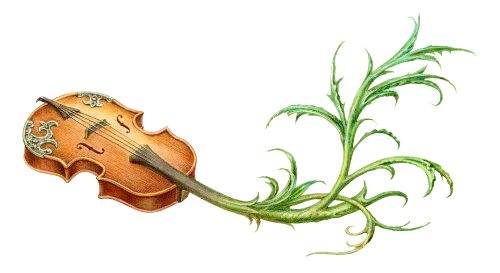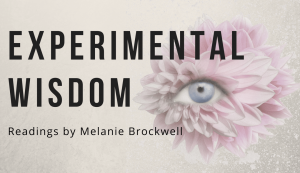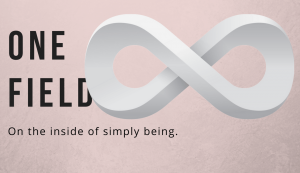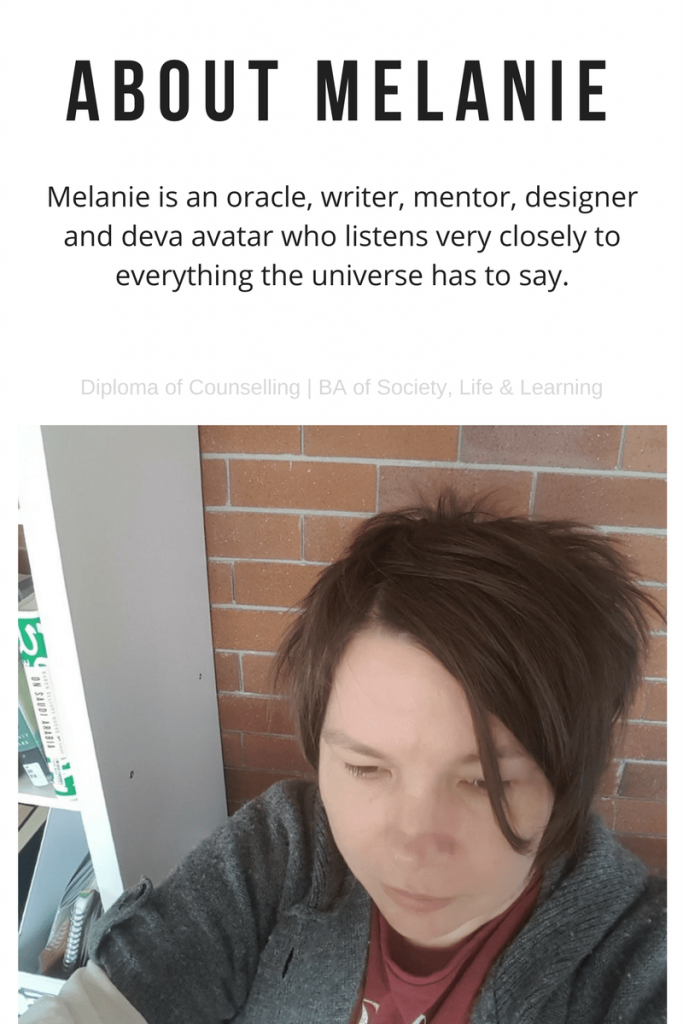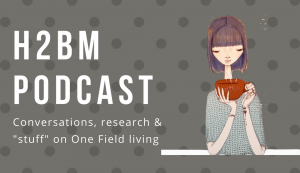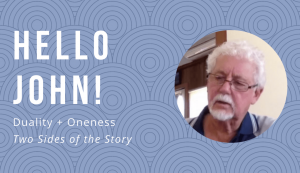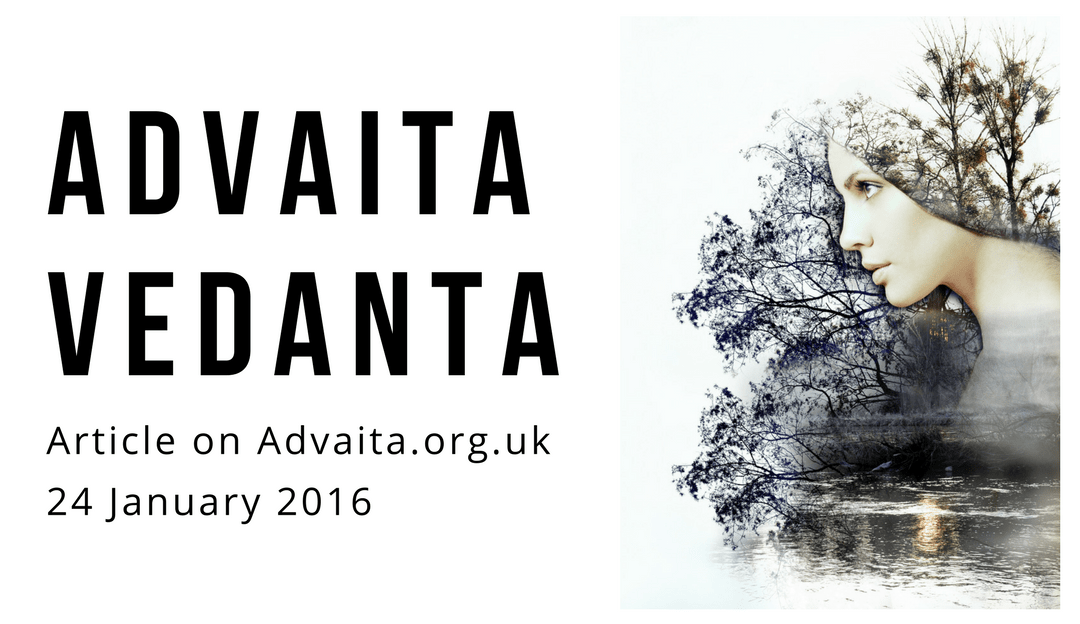
The Brahman Experience
Experience Of Advaita
Firstly, one cannot ‘experience’ Advaita. This is axiomatic – Advaita means ‘not two’ and there must be two to experience, namely an experiencer and an experienced thing. Advaita is primarily a teaching, though it can also be viewed as a philosophy. Its purpose is to remove self-ignorance from the mind of the person who is taught so that this mind realizes that reality is non-dual. The person whose mind realizes this is said to have attained mokSha.
But we should always remember that, in reality, there never was a person or mind; there was and is always only brahman. So mokSha is also mithyA.
To me it seems self-evident that if Brahman is nityaptasvarupa (everything) then that includes experience, otherwise something is other than Brahman. And if Brahman is whole then there is no mind to realise, no ignorance to remove, and no two to speak of. But how do we re-story our understanding that experience requires two when we have no other way to explain what experience is?
Rather than seeing experience in duality, for those who live the truth of Brahman as all that is, experience is Brahman. There is no need to have an experiencer and an experiencer in order for experience to be of Brahman unless you believe in duality. If you believe that Brahman is nityaptasvarupa then nothing is outside or inside, there is only Brahman, and the physics of experience is oneness or Advaita.
The question is, where do the physics of reality and perception begin to extricate themselves from the beliefs we hold about oneness?
While it’s perfectly acceptable to say Brahman is nityaptasvarupa, it is quite another to believe that all we think-know-feel is included. Somewhere, we draw a line and tell ourselves that this part is separate. As we have the conversation about what we believe the physics of oneness to be, that ever more inclusive version of the story naturally acknowledges our objections, separations and choices as Brahman.
Choice As Brahman
‘Choice’ is always for the (mithyA) person, whether or not that person has Self-knowledge. The point is that the person who is ‘enlightened’ will be more likely to make choices which recognize, for example, that pleasure and pain are equally ‘expressions of brahman’ as you put it.
It is true that the language of physics and philosophy leaves much to be desired when attempting to describe the nature of oneness. Our concepts of choice, of experience, and of life are tangled in pre-conceptions about duality. And while I am working on new terms more fitting to our discussion, it seems intuitive to have the conversation with the words and ideas being thrown into the ring.
I agree that ‘choice’ seems like a dualistic concept. Perhaps there is a more accurate way to describe the nature of what I refer to. In my writings I often speak of intuitive-logic. Not an ideal term, it attempts to make visible the fact that intuition is logic and what we know-choose is Brahman.
The language used to discuss oneness is simple. Making visible the pre-conceptions is where we spend most of our time. For example, the entire philosophy could be summarised as I Am, or Brahman Is, but how many people would be able to meet what they have labelled choice, pain, parenthood, or business from that summary? How many can grasp the nature of what it means to live a oneness reality?
Living A Oneness Reality
But there is never any ‘living’ of Oneness. Life will always be dualistic, with desires and aversions or at least likes and dislikes. ‘Being present’ is a dualistic outlook or way of living. It may be more likely to be the outlook of a person with Self-knowledge than one without, but it is also the practice of many spiritual aspirants who have not yet gained Self-knowledge. It is not the case that the experience of Oneness that a seeker has in, for example, deep meditation (samAdhi) differs from the experience of Oneness that someone who has Self-knowledge has. Both are (dualistic) experiences with a beginning and an end, irrespective of the fact that the one with Self-knowledge knows that all is brahman.
Okay, let me ask you this. If I stand in what has been designated this place, and allow everything to be what is, what am I doing?
The truth is, we have no language to comprehend the cosmology of oneness, the physics of Brahman. By assuming that life is dualistic, we are labelling and making meaning of ‘what is’ in duality. But by experiencing all that is as Brahman, we are living oneness.
Even the sense of being present is inadequate for our purposes. Being present is just being, which is just Brahman – at least for those who believe Brahman is all that is. Again, the language is an explication of the simpler notion, I Am. Nothing more need be said except for those who wish to explore what that might mean in an everyday way when everything is being experienced in dualistic terms.
I do realise the use of the terms – I, we, you, et cetera are all concepts tied to duality. And we can certainly have those conversations in the future – how to be simultaneously the I and the I Am in oneness. For now I would simply say that there is a way to understand the physics of so-called “self” without duality, or fixed identity. When being is Brahman, there is no separate I to speak of, no dualistic notions of self or other.
It’s a big conversation and there’s so much more I want to say about the language and physics of trust and interconnection…
